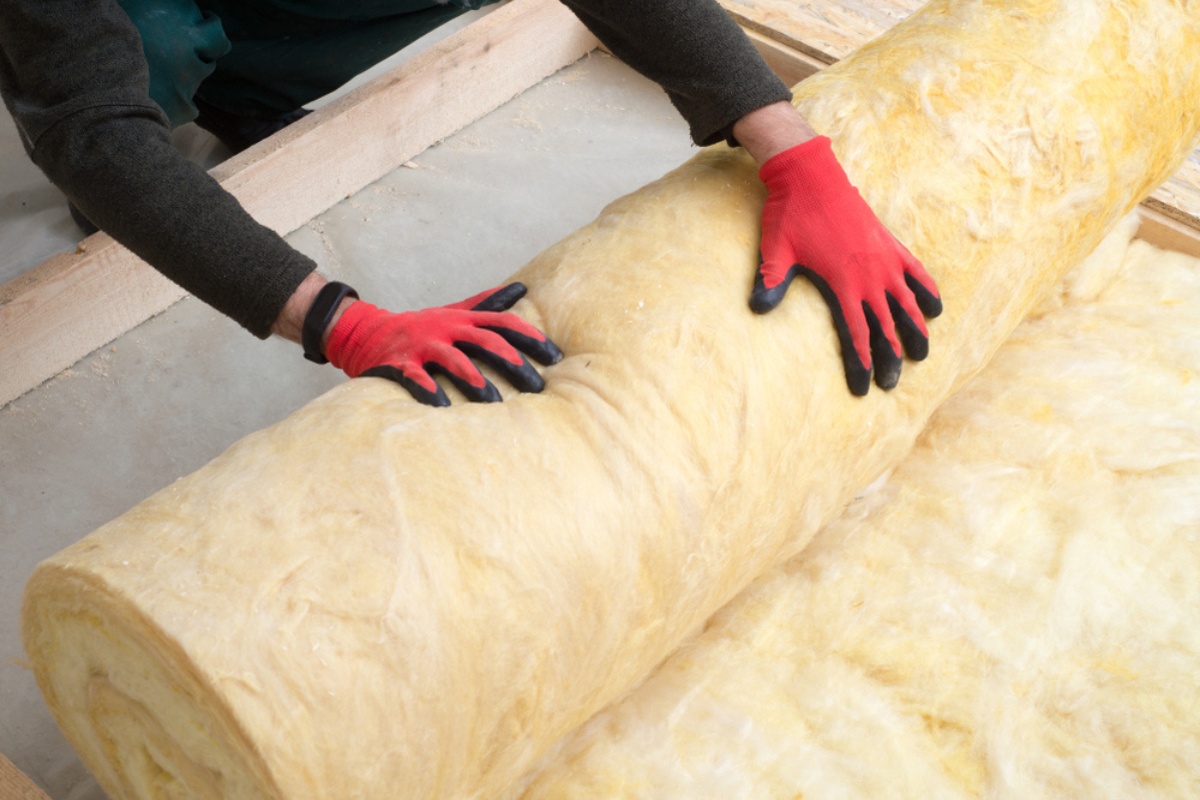

Articles
What Is Blanket Insulation Used For
Modified: October 20, 2024
Discover the various applications and benefits of blanket insulation with our informative articles. Learn how this versatile insulation solution can improve energy efficiency and comfort in your home.
(Many of the links in this article redirect to a specific reviewed product. Your purchase of these products through affiliate links helps to generate commission for Storables.com, at no extra cost. Learn more)
Introduction
Welcome to our comprehensive guide on blanket insulation! In this article, we will explore the benefits, uses, and installation of blanket insulation. Whether you are a homeowner, contractor, or anyone interested in creating a comfortable and energy-efficient indoor environment, understanding the importance of insulation is essential.
Blanket insulation, also known as batt insulation, is one of the most common and versatile forms of insulation used in residential and commercial applications. It consists of insulating material that is typically made from fiberglass, mineral wool, or natural fibers. The material is cut into long, flexible sheets or rolls, resembling a blanket, hence the name.
As the name suggests, the primary function of blanket insulation is to provide thermal insulation by reducing heat transfer between the indoor and outdoor environments. By effectively insulating walls, ceilings, floors, and roofs, blanket insulation helps maintain a consistent temperature inside your home or building, keeping it warm in winter and cool in summer.
Not only does blanket insulation improve comfort levels, but it also plays a significant role in energy efficiency. By minimizing heat loss or gain, blanket insulation reduces the workload on heating and cooling systems, resulting in lower energy consumption and utility costs. Additionally, it can contribute to soundproofing, reducing noise transmission between rooms or from the outside.
The versatility of blanket insulation makes it suitable for various applications, ranging from new constructions to retrofitting existing buildings. It can be installed in walls, roofs, attics, basements, and crawlspaces, providing excellent thermal resistance. Furthermore, it is compatible with different construction materials and can be used in combination with other insulation types for enhanced performance.
Throughout this article, we will delve into the different types of blanket insulation available, explore their uses, advantages, and disadvantages, and provide insights into proper installation and maintenance. By the end, you will have a comprehensive understanding of blanket insulation and its role in creating an energy-efficient and comfortable living environment.
Key Takeaways:
- Blanket insulation, also known as batt insulation, is a versatile and cost-effective solution for maintaining thermal comfort, reducing energy consumption, and enhancing soundproofing in residential and commercial buildings.
- Proper installation, regular maintenance, and consideration of factors such as R-value, material, and application areas are essential for maximizing the effectiveness and longevity of blanket insulation, ensuring a comfortable and energy-efficient indoor environment.
Read more: What Is A Fire Blanket Used For
Definition of Blanket Insulation
Blanket insulation, sometimes referred to as batt insulation, is a type of insulation that consists of flexible, pre-cut sheets or rolls. It is made from various materials such as fiberglass, mineral wool, or natural fibers, and is designed to provide thermal resistance and temperature regulation in buildings.
The primary purpose of blanket insulation is to reduce heat transfer and thermal conductivity, thus improving energy efficiency and creating a more comfortable indoor environment. It works by trapping air within its fibers, which helps to prevent heat from escaping during colder months and entering during warmer months.
Blanket insulation is available in different thicknesses and R-values, which measure its resistance to heat flow. The higher the R-value, the greater the insulation’s effectiveness. Homeowners and builders can select the appropriate thickness and R-value based on the climate and specific insulation needs of a particular area.
One of the most common materials used in blanket insulation is fiberglass. Fiberglass blanket insulation is made from extremely fine glass fibers that are tightly woven together. This type of insulation is known for its fire-resistant properties as well as its affordability.
Mineral wool is another popular material used in blanket insulation. It is made from natural minerals such as basalt or slag and is known for its excellent fire resistance and sound absorption capabilities. Mineral wool blanket insulation is often chosen for its durability and thermal performance.
There are also blanket insulations available that are made from natural fibers, such as cotton or sheep’s wool. These provide an environmentally friendly option for insulation and are often chosen for their sustainability and low environmental impact.
Overall, the main goal of blanket insulation is to create a barrier against heat loss or gain, thereby reducing energy consumption and increasing energy efficiency. It is a versatile and cost-effective method of insulating residential and commercial buildings, providing both thermal comfort and potential energy savings.
Types of Blanket Insulation
Blanket insulation comes in various types, each with its unique characteristics, performance qualities, and suitability for different applications. Here are some of the most commonly used types of blanket insulation:
- Fiberglass Blanket Insulation: Fiberglass blanket insulation is one of the most widely used types of insulation due to its affordability and effectiveness. It is made from tiny glass fibers that are tightly woven together. Fiberglass insulation is available in rolls or batts and can be easily cut to fit different spaces. It offers excellent thermal resistance, is fire-resistant, and provides good sound absorption properties.
- Mineral Wool Blanket Insulation: Mineral wool, also known as rock wool or stone wool, is another popular option for blanket insulation. It is made from molten rock or iron slag spun into fibers. Mineral wool insulation is highly fire-resistant, provides good thermal performance, and has excellent sound absorbing properties. It is available in rolls or batts and is suitable for a wide range of applications.
- Natural Fiber Blanket Insulation: Natural fiber blanket insulation is an eco-friendly alternative, often made from materials such as cotton, sheep’s wool, or cellulose fibers. These materials are renewable and have low environmental impact. Natural fiber insulation offers good thermal performance and can help regulate moisture levels. However, it tends to be more expensive than fiberglass or mineral wool insulation.
- Reflective Foil Blanket Insulation: Reflective foil blanket insulation, also known as radiant barrier insulation, is designed to reflect radiant heat rather than absorb it. It consists of a layer of reflective material, usually aluminum foil, bonded to a substrate such as foam or bubble wrap. Reflective foil insulation is effective in reducing heat gain in hot climates and can be used in attics, walls, and roofs.
- Vapor Barrier Blanket Insulation: Vapor barrier blanket insulation is specifically designed to control moisture movement and prevent condensation within the building envelope. It is commonly used in areas with high humidity levels or in crawlspaces. Vapor barrier insulation typically features a polyethylene or foil facing that acts as a vapor retarder.
Each type of blanket insulation has its advantages and considerations, and the choice will depend on factors such as climate, budget, and specific insulation requirements. It is advisable to consult with a professional insulation contractor or supplier to determine the most suitable type of blanket insulation for your project.
Uses of Blanket Insulation
Blanket insulation is a versatile insulation option that can be used in various applications to provide thermal resistance and energy efficiency. Here are some of the common uses of blanket insulation:
- Attics: Blanket insulation is often used in attics to prevent heat loss or gain through the roof. It can be installed between the ceiling joists or exposed rafters, providing a continuous layer of insulation to maintain a comfortable temperature in the living space below.
- Walls: Blanket insulation is commonly used in both exterior and interior walls to reduce heat transfer and enhance energy efficiency. It can be installed within the wall cavities or applied as an additional layer on the interior or exterior surfaces.
- Floors: Insulating the floors with blanket insulation helps reduce heat loss to the ground or the basement below. It is particularly beneficial in homes with crawlspaces or unheated basements, providing thermal insulation and preventing drafts.
- Roofs: Installing blanket insulation in roof assemblies helps prevent heat loss or gain through the roof structure. It can be applied between the roof rafters or laid on top of the roof deck before the final roofing materials are installed.
- Basements and Crawlspaces: Blanket insulation is commonly used in basements and crawlspaces to insulate against moisture, temperature fluctuations, and potential mold growth. It can be installed on the interior walls or under the flooring to create a thermal barrier.
- Pipe and Duct Insulation: Blanket insulation can be wrapped around pipes and HVAC ductwork to prevent heat loss or gain. This helps maintain the temperature of the transported fluids or conditioned air, reducing energy waste.
- Soundproofing: In addition to thermal insulation, blanket insulation can also be used for soundproofing purposes. It helps reduce noise transmission between rooms or from the exterior, enhancing overall acoustic comfort.
Blanket insulation is suitable for both new construction projects and retrofitting existing buildings. Its versatility and ease of installation make it a popular choice for contractors and homeowners alike.
It is important to consult with insulation professionals or follow manufacturer guidelines to ensure proper installation and achieve optimal performance in each specific application.
Advantages of Blanket Insulation
Blanket insulation, also known as batt insulation, offers several advantages that make it a popular choice for both residential and commercial applications. Here are some of the key advantages of using blanket insulation:
- Thermal Efficiency: Blanket insulation provides excellent thermal resistance, reducing heat transfer and maintaining a comfortable indoor temperature. It helps keep warm air inside during cold winters and prevents hot air from entering during hot summers, resulting in energy savings and reduced heating and cooling costs.
- Versatility: Blanket insulation can be used in various areas of a building, including walls, ceilings, floors, attics, and crawlspaces. It is compatible with different construction materials, making it a versatile solution for both new constructions and retrofitting existing structures.
- Easy Installation: Installing blanket insulation is relatively straightforward. It can be easily cut to fit specific dimensions and can be installed by homeowners or contractors without specialized equipment. This simplicity of installation helps save time and labor costs.
- Affordability: Blanket insulation is generally more affordable compared to other types of insulation. Its cost-effectiveness, combined with its thermal properties, makes it an attractive option for those working within a budget while still striving for energy-efficient buildings.
- Sound Absorption: Blanket insulation has sound-absorbing properties, making it effective in reducing noise transmission. This can improve acoustic comfort within a building, particularly in areas where soundproofing is desired, such as home theaters or bedrooms.
- Fire Resistance: Many blanket insulations are designed to be fire-resistant or have fire-retardant properties. This enhances the safety of a building by preventing the spread of flames and providing valuable time for evacuation or firefighting efforts in case of a fire.
- Environmentally Friendly Options: In addition to traditional materials like fiberglass and mineral wool, there are blanket insulation options made from natural fibers, such as cotton or sheep’s wool. These environmentally friendly alternatives are renewable, sustainable, and have a lower environmental impact, offering a greener solution for insulation needs.
Overall, blanket insulation provides effective thermal insulation, versatility, ease of installation, affordability, and additional benefits such as sound absorption and fire resistance. These advantages contribute to creating comfortable, energy-efficient, and safe living and working environments.
When installing blanket insulation, make sure to properly seal all gaps and seams to maximize its effectiveness in reducing heat transfer and improving energy efficiency.
Read more: What Is Fanfold Insulation Used For
Disadvantages of Blanket Insulation
While blanket insulation offers numerous advantages, it is important to consider potential limitations or disadvantages as well. Here are some of the common disadvantages associated with blanket insulation:
- Moisture Absorption: Some types of blanket insulation, such as fiberglass, can absorb and retain moisture. If not properly installed or protected, this can lead to reduced insulation effectiveness, potential mold or mildew growth, and compromised indoor air quality.
- Installation Challenges: While blanket insulation is relatively easy to install, it can present challenges in certain areas with irregular shapes or tight spaces. Proper installation requires attention to detail to ensure a tight fit and prevent gaps and air leakage, which can reduce its effectiveness.
- Compression and Settling: Over time, blanket insulation, especially fiberglass, may compress or settle. This can result in decreased thermal performance as gaps or voids form between the insulation and the building components. Regular inspection and maintenance are necessary to address any settling issues and maintain insulation performance.
- Risk of Skin Irritation: Fiberglass insulation, in particular, can cause skin irritation, itching, or discomfort if proper protective clothing is not worn during installation or maintenance. It is important to follow manufacturer guidelines for safe handling and consider alternative insulation materials for individuals with sensitivities or allergies.
- Potential Air Leakage: If not properly installed or sealed, blanket insulation may allow air infiltration or exfiltration, reducing its effectiveness in preventing heat transfer and increasing energy consumption. Attention should be given to sealing joints, gaps, and penetrations to ensure an airtight insulation barrier.
- Requirement for Protective Barriers: In some cases, blanket insulation, especially fiberglass, requires a protective barrier such as drywall or a vapor retarder to prevent exposure. This adds an extra layer of material and installation complexity, increasing project time and cost.
- Less Effective in Narrow Cavities: Blanket insulation may not perform as well in narrow or tight cavities due to difficulty in achieving proper installation and maintaining consistent coverage. In such cases, alternative insulation methods, such as blown-in or spray foam insulation, may be more suitable.
Understanding the potential disadvantages of blanket insulation allows for informed decision-making and proper planning to address any limitations. It is essential to consult with insulation professionals and follow manufacturer guidelines for installation, maintenance, and addressing specific challenges to maximize the effectiveness of blanket insulation.
Factors to Consider When Choosing Blanket Insulation
When selecting blanket insulation for your project, it is important to consider several factors to ensure the best performance and suitability for your specific needs. Here are some key factors to consider:
- R-Value: The R-value of insulation measures its resistance to heat flow. Different regions have recommended minimum R-values for various applications, so it is crucial to assess the insulation requirements based on the local climate and building codes. Higher R-values provide better insulation performance.
- Material: Choose the insulation material that suits your preferences and requirements. Fiberglass and mineral wool are popular choices due to their affordability and thermal performance. Natural fiber options offer sustainability benefits, while reflective foil blankets are effective in reducing radiant heat transfer.
- Application: Consider the specific areas of your building where insulation will be installed, such as walls, ceilings, or floors. Different insulation materials and thicknesses may be required for each area. Additionally, consider the compatibility of the chosen blanket insulation material with other insulation types or building materials.
- Moisture Resistance: Assess the moisture resistance properties of the insulation material, particularly for areas prone to high humidity or potential water exposure. Moisture-resistant or vapor barrier blanket insulation may be necessary for basements, crawlspaces, or areas with moisture risk to prevent damage and mold growth.
- Fire Safety: If fire resistance is a concern, choose insulation materials with fire-retardant properties. Look for products that meet fire safety standards and regulations for your specific application.
- Environmental Impact: Consider the environmental impact of the insulation material. Some natural fiber blanket insulations offer a greener alternative to traditional options. Look for materials with high recycled content and low VOC (volatile organic compound) emissions.
- Installation: Evaluate the ease of installation, especially if you plan to install the insulation yourself. Ensure that the chosen blanket insulation can be easily cut and fit into the desired spaces. Consider any additional installation requirements, such as the need for protective barriers or specialized equipment.
- Budget: Consider your budget and the overall cost-effectiveness of the insulation material. Compare the initial cost, energy savings potential, and expected lifespan of the insulation to make an informed decision that aligns with your financial goals.
Consulting with insulation professionals or contractors can provide valuable insights and guidance based on your specific project requirements. They can help assess the factors mentioned above and recommend the most suitable blanket insulation options for your needs, ensuring optimal performance and energy efficiency.
Proper Installation of Blanket Insulation
Proper installation of blanket insulation is crucial to ensure its effectiveness and maximize energy efficiency. Here are some key steps to follow for the correct installation of blanket insulation:
- Prepare the Area: Before installing blanket insulation, ensure that the area is clean, dry, and free from any debris or obstructions. Repair any existing damage or leaks to prevent moisture infiltration.
- Wear Protective Gear: Put on appropriate protective clothing, such as gloves, long sleeves, pants, goggles, and a dust mask, especially when working with fiberglass or other irritant materials.
- Measure and Cut: Measure the space to be insulated and cut the blanket insulation to fit. Use a sharp utility knife or insulation cutting tool to ensure clean and accurate cuts.
- Fit into Place: Insert the cut blanket insulation into the space, making sure it fits snugly and covers the entire area without any gaps or voids. Do not compress the insulation excessively, as this can reduce its effectiveness.
- Seal Air Gaps: Seal any gaps or openings around the insulation with appropriate sealant or weatherstripping to prevent air leakage and ensure an airtight barrier. Pay special attention to joints, corners, and penetration points.
- Install Vapor Retarder (if needed): If a vapor retarder is required, such as in moisture-prone areas or colder climates, install it on the warm side of the insulation. Ensure proper overlap and sealing to prevent moisture infiltration.
- Secure Blanket Insulation: Use insulation supports or staples to secure the blanket insulation in place, especially in vertical applications like walls. This will help prevent sagging or displacement over time.
- Properly Ventilate Attics: When insulating attics, ensure proper ventilation to prevent moisture buildup and maintain attic integrity. Consult local building codes and guidelines for attic ventilation requirements.
- Follow Manufacturer Guidelines: Always refer to the manufacturer’s instructions and guidelines for the specific blanket insulation material being used. They provide valuable information on installation techniques, safety precautions, and any specific considerations.
- Regular Inspection and Maintenance: Regularly inspect the installed blanket insulation for any signs of settling, damage, or deterioration. Replace or repair any compromised sections promptly to maintain optimal insulation performance.
It is important to note that proper installation techniques may vary depending on the specific type of blanket insulation being used. Consulting with insulation professionals or contractors and following manufacturer guidelines will ensure that the insulation is installed correctly and effectively.
Maintenance and Upkeep of Blanket Insulation
Maintaining and keeping your blanket insulation in good condition is essential to ensure its long-term effectiveness and energy efficiency. Here are some key maintenance practices to uphold for blanket insulation:
- Regular Inspection: Periodically inspect the condition of your blanket insulation to check for any signs of damage, settling, or moisture-related issues. Look for areas where the insulation may have compressed or shifted, leaving gaps or exposed spaces.
- Address Moisture Issues: Moisture can adversely affect the performance of blanket insulation and lead to mold growth or reduced effectiveness. If you notice any signs of moisture, such as water stains, dampness, or musty odors, address the underlying issue promptly and repair or replace the affected insulation.
- Repair and Replace Damaged Sections: If you identify any damaged or deteriorated sections of blanket insulation during your inspection, repair or replace them as soon as possible. This ensures that your insulation remains intact and provides optimal thermal resistance.
- Protect Against Pest Infestation: Inspect your insulation for signs of pests, such as rodents or insects, which may damage or contaminate the insulation. Take preventive measures, such as sealing entry points and using pest control methods, to safeguard your insulation from infestations.
- Maintain Adequate Ventilation: Proper ventilation in spaces like attics and crawlspaces is crucial to avoid moisture buildup and condensation. Ensure that vents are clear and unobstructed, allowing for proper airflow and preventing potential damage to the insulation.
- Seal Air Leaks: Inspect the areas around your blanket insulation for any air leaks or gaps that could compromise its effectiveness. Seal these areas with appropriate weatherstripping or caulking to prevent air infiltration or exfiltration, optimizing energy efficiency.
- Monitor and Maintain Vapor Retarder (if applicable): If you have a vapor retarder installed along with your blanket insulation, keep an eye on its condition. Repair or replace any damaged sections or breaches to maintain its moisture resistance capabilities.
- Investigate and Address Odors or Indoor Air Quality Issues: If you notice any strange odors or experience changes in indoor air quality, investigate the cause promptly. Poor indoor air quality can affect your comfort and may indicate potential issues with the insulation or other building components.
- Consult with Professionals: When in doubt or if you encounter significant issues with your blanket insulation, consult with insulation professionals or contractors. They can provide expert advice, perform thorough inspections, and offer the necessary repairs or replacements to maintain optimal insulation performance.
Following these maintenance practices will help you keep your blanket insulation in excellent condition, ensuring its efficiency, longevity, and the comfort of your indoor environment.
Read more: Where To Buy Basement Blanket Insulation
Conclusion
Blanket insulation, with its versatility and effectiveness, plays a vital role in creating energy-efficient and comfortable indoor environments. It offers numerous benefits, such as thermal efficiency, affordability, ease of installation, sound absorption, and fire resistance. However, it is essential to consider factors like moisture resistance, proper installation techniques, and regular maintenance to ensure its optimal performance.
When choosing blanket insulation, factors such as R-value, materials, application areas, fire safety, and environmental impact should be considered. Consulting with insulation professionals can provide valuable guidance and help select the most suitable insulation material for specific needs.
Proper installation of blanket insulation involves careful measurement, cutting, and fitting to minimize gaps and ensure a tight seal. Attention should also be given to air sealing, vapor retarders (if necessary), and ventilation requirements, depending on the specific application area.
Regular inspection and maintenance are essential to keep blanket insulation in good condition. Monitoring for signs of damage, moisture issues, pest infestations, and air leaks allows for prompt repairs or replacements. It is equally important to address any odor or indoor air quality concerns promptly to maintain a healthy indoor environment.
In conclusion, blanket insulation is a reliable and versatile choice for insulating residential and commercial buildings. By providing thermal resistance, energy efficiency, and enhanced comfort, it contributes to reducing energy consumption and utility costs. However, proper installation, regular maintenance, and adherence to manufacturer guidelines are crucial for maintaining its effectiveness and maximizing its benefits. By considering all these factors and taking the necessary steps, you can ensure that your blanket insulation continues to perform optimally throughout its lifespan.
Frequently Asked Questions about What Is Blanket Insulation Used For
Was this page helpful?
At Storables.com, we guarantee accurate and reliable information. Our content, validated by Expert Board Contributors, is crafted following stringent Editorial Policies. We're committed to providing you with well-researched, expert-backed insights for all your informational needs.
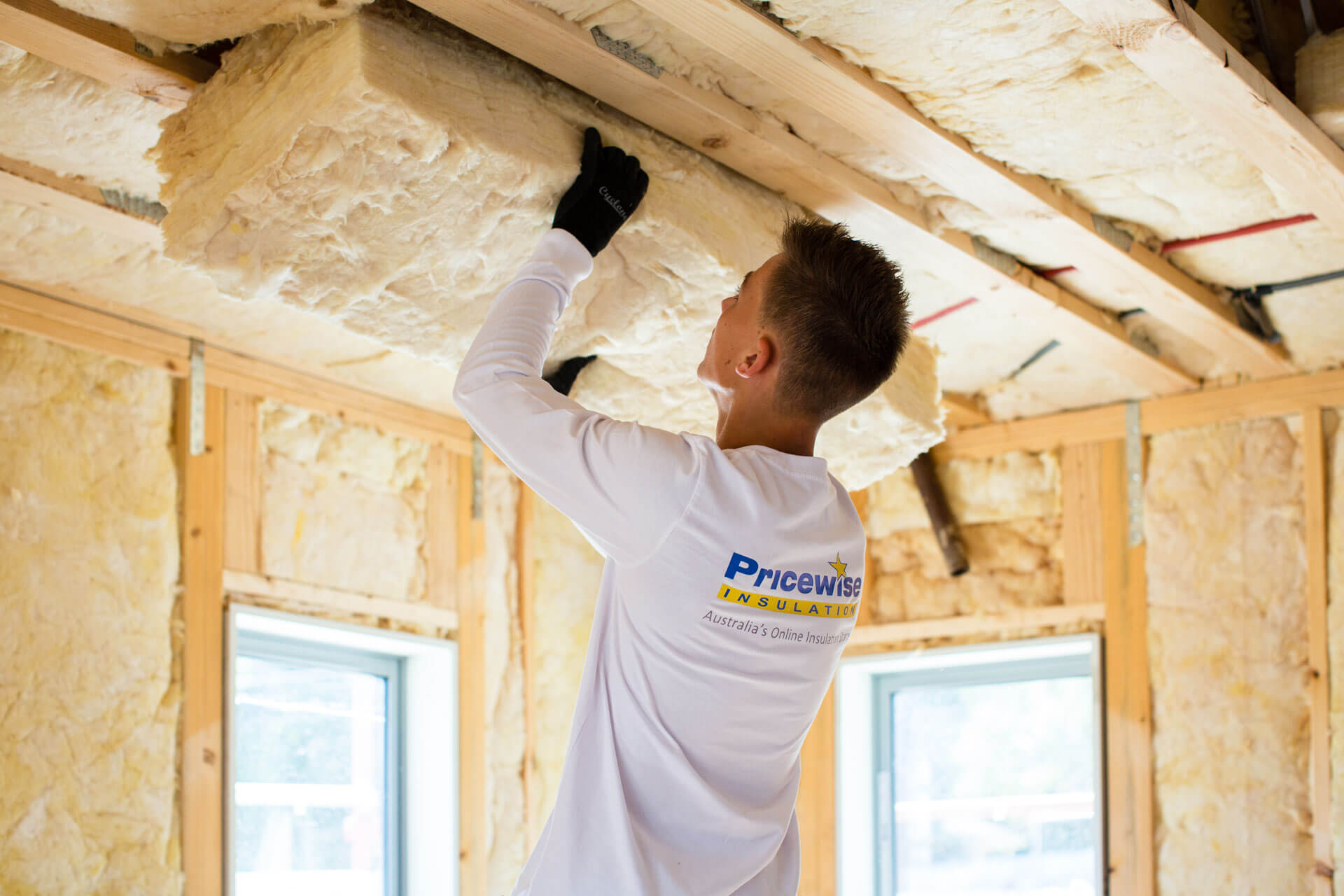
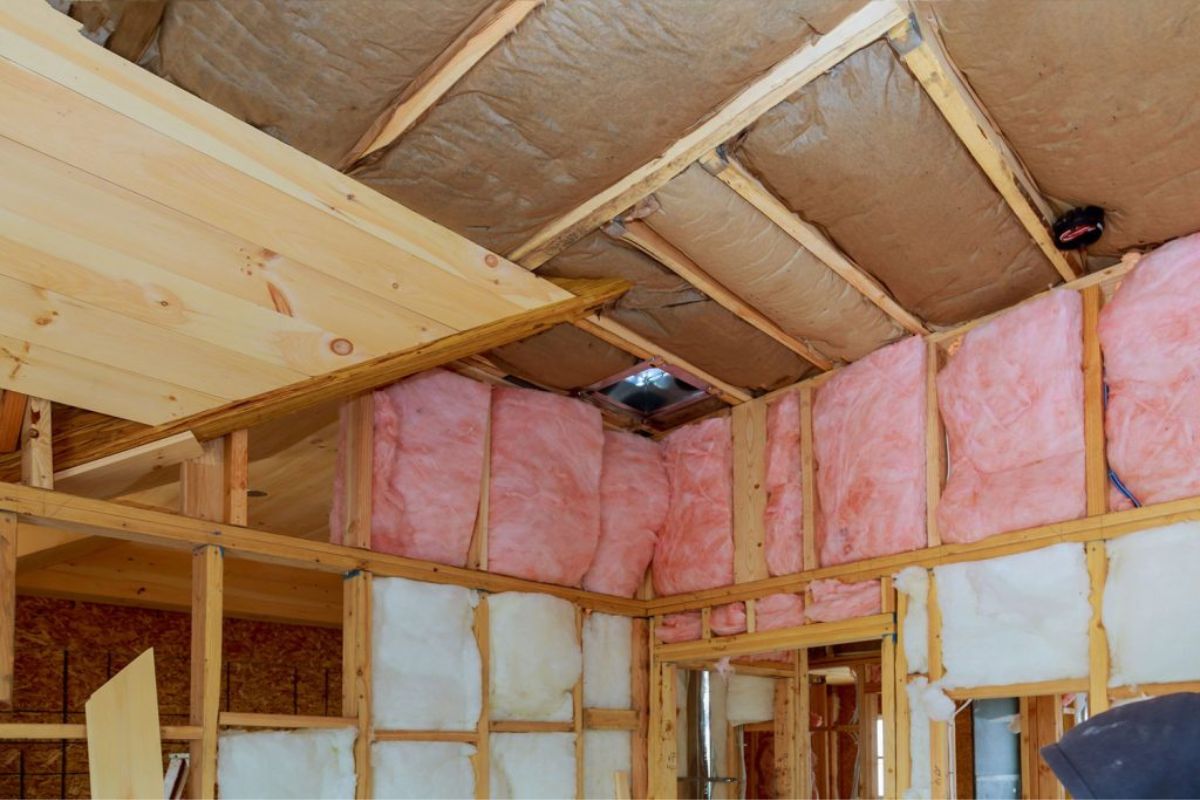
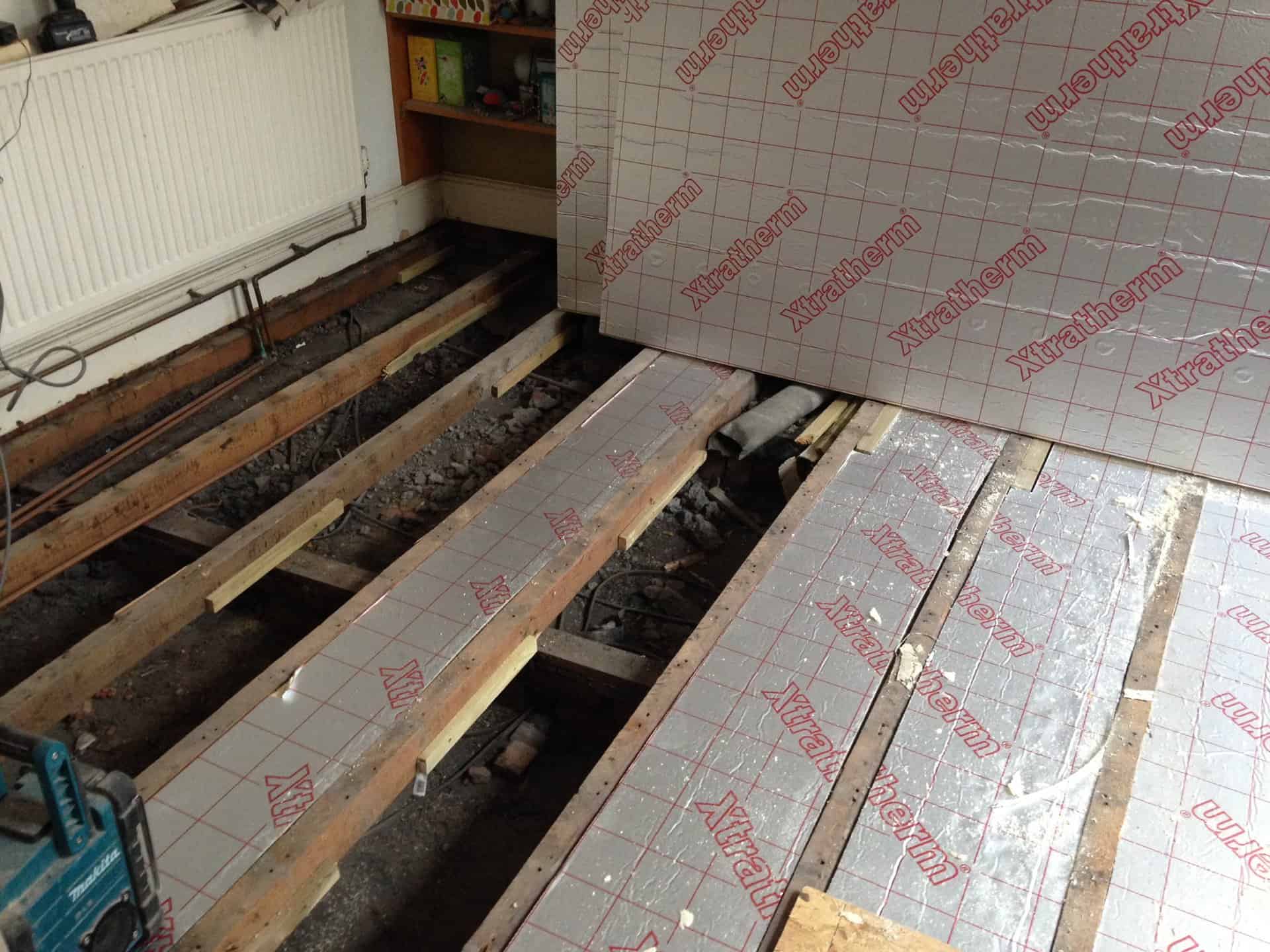
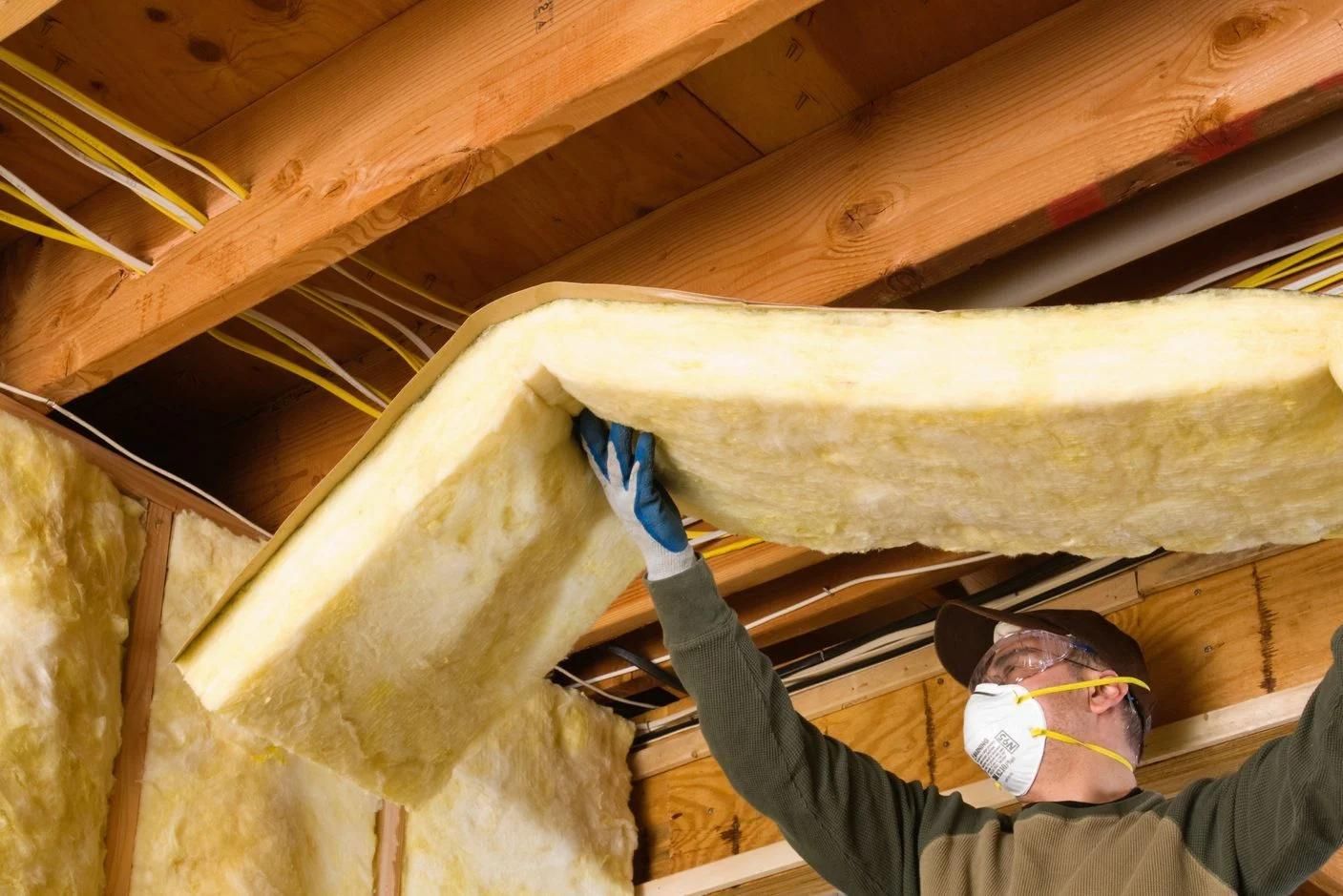
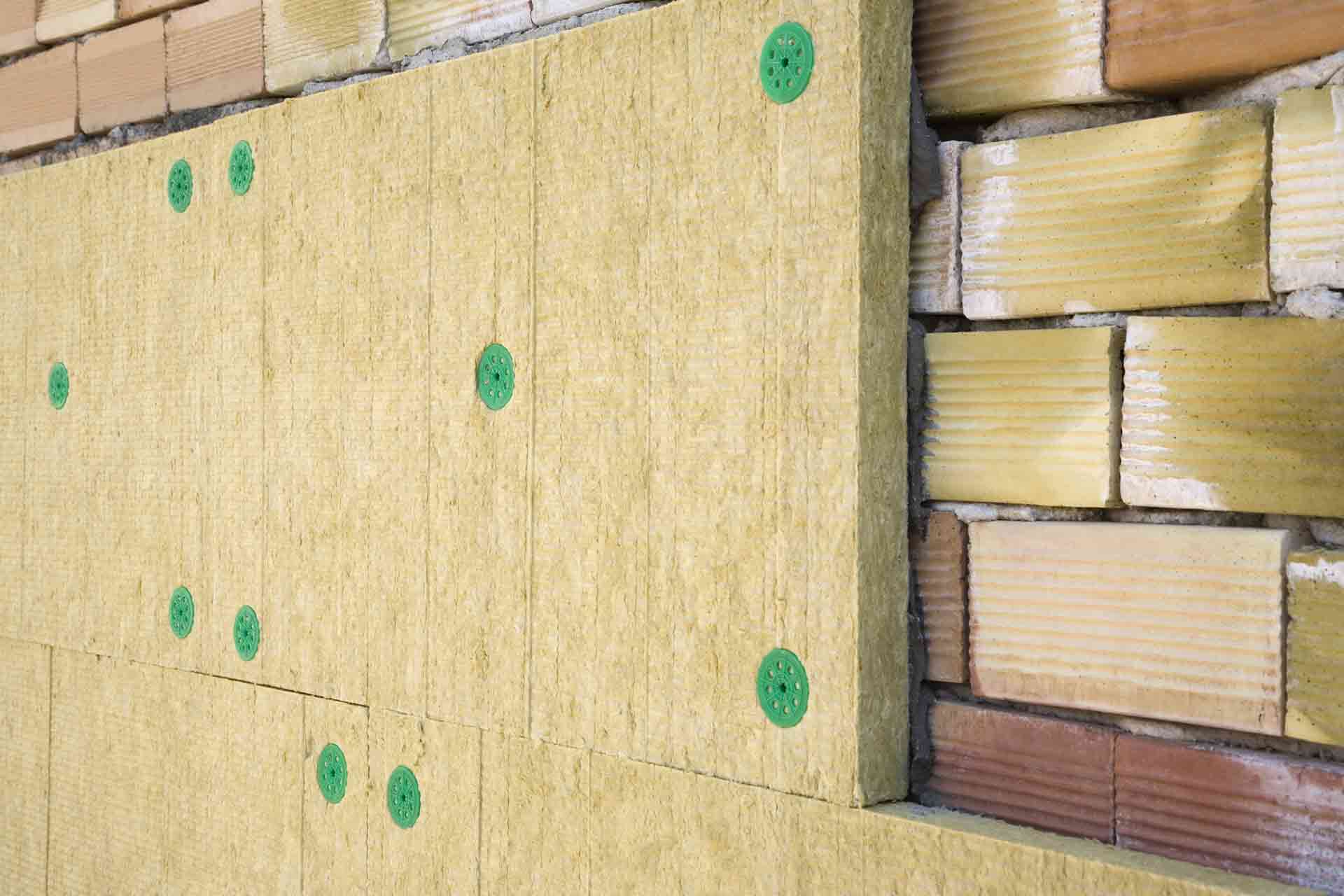
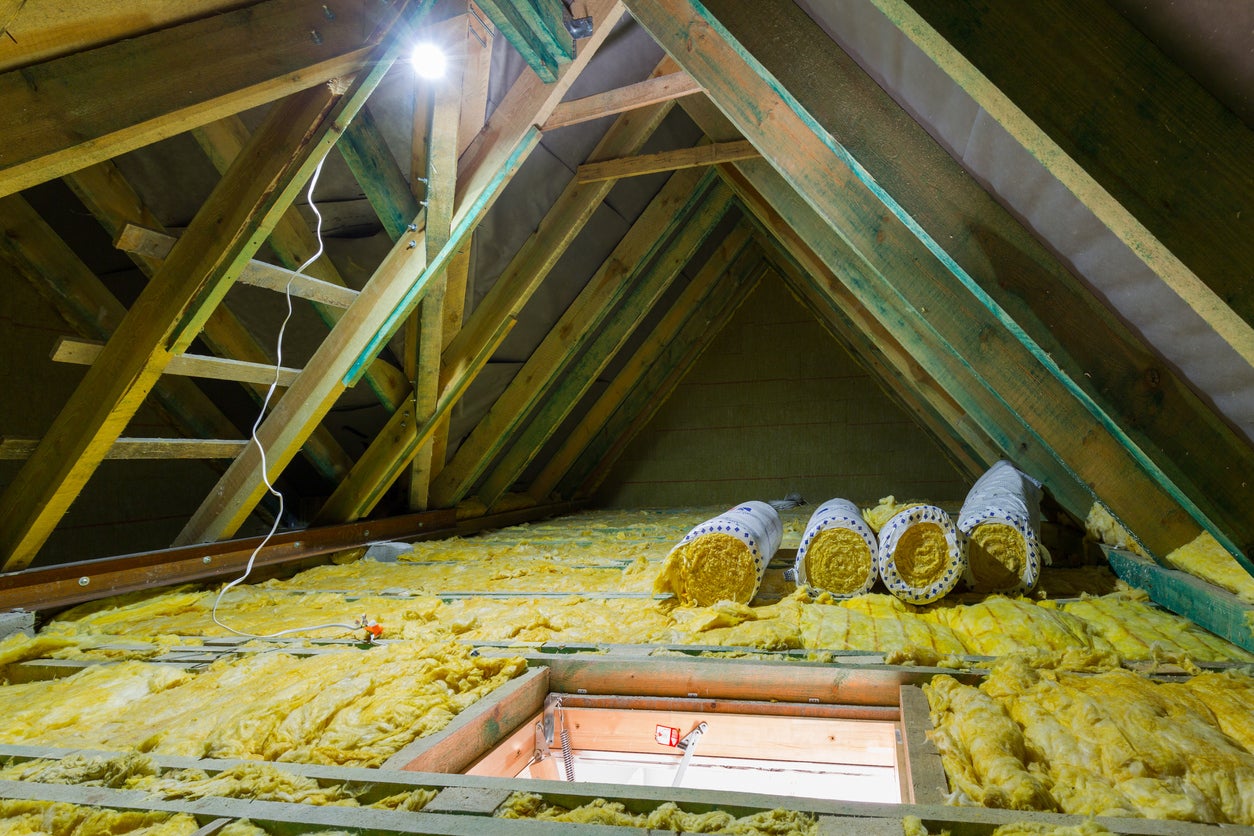
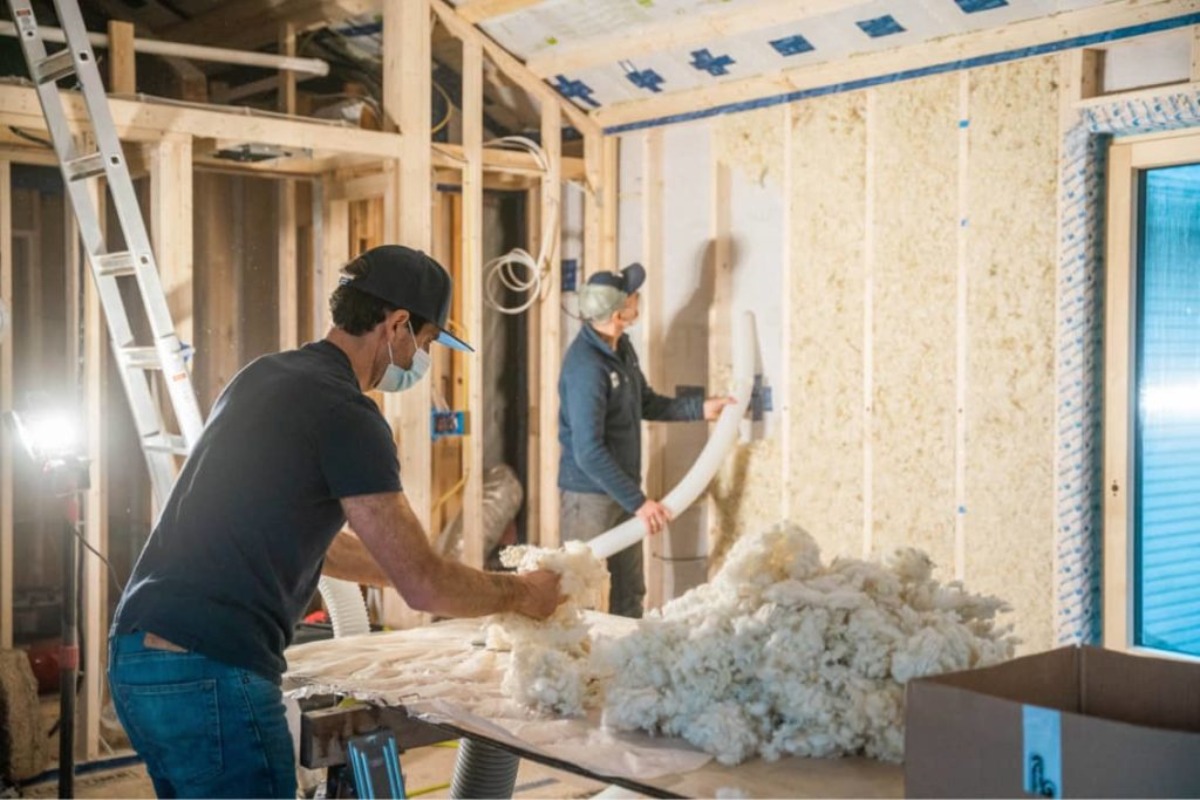
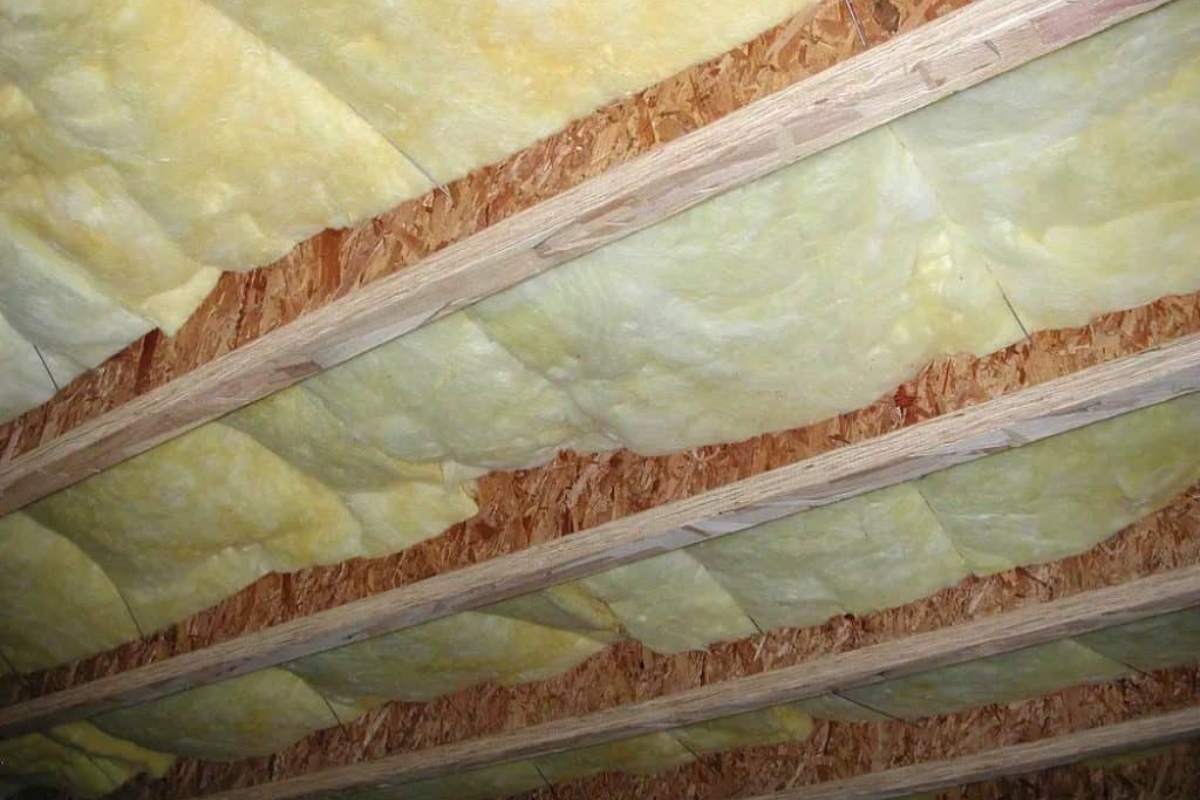
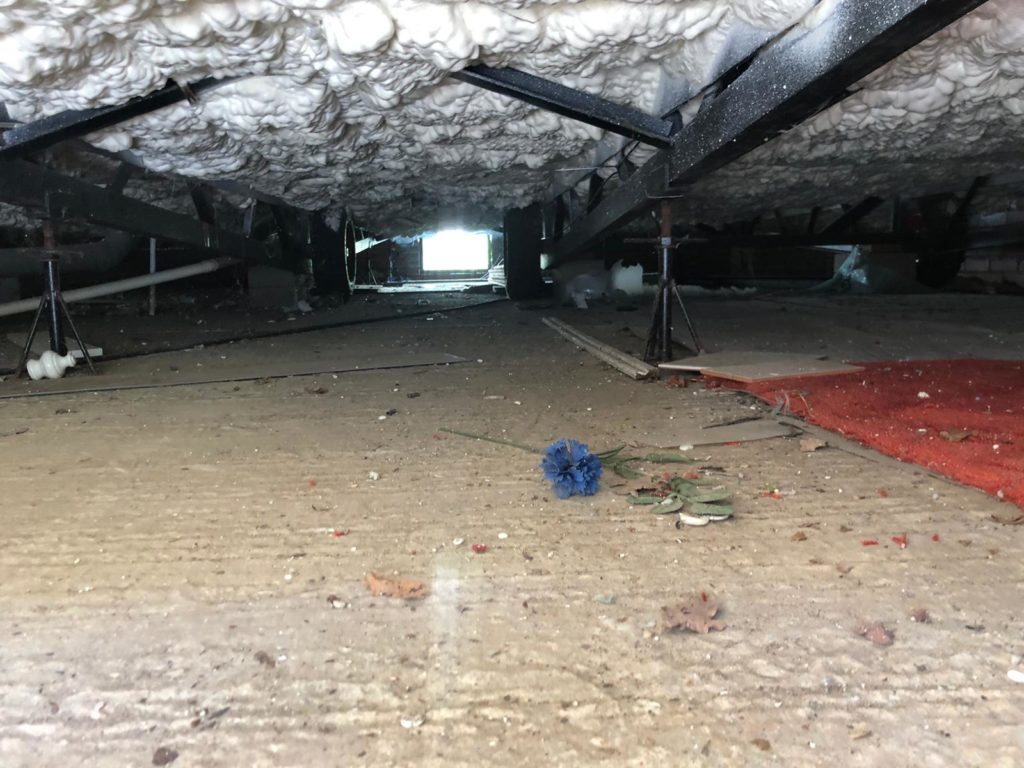
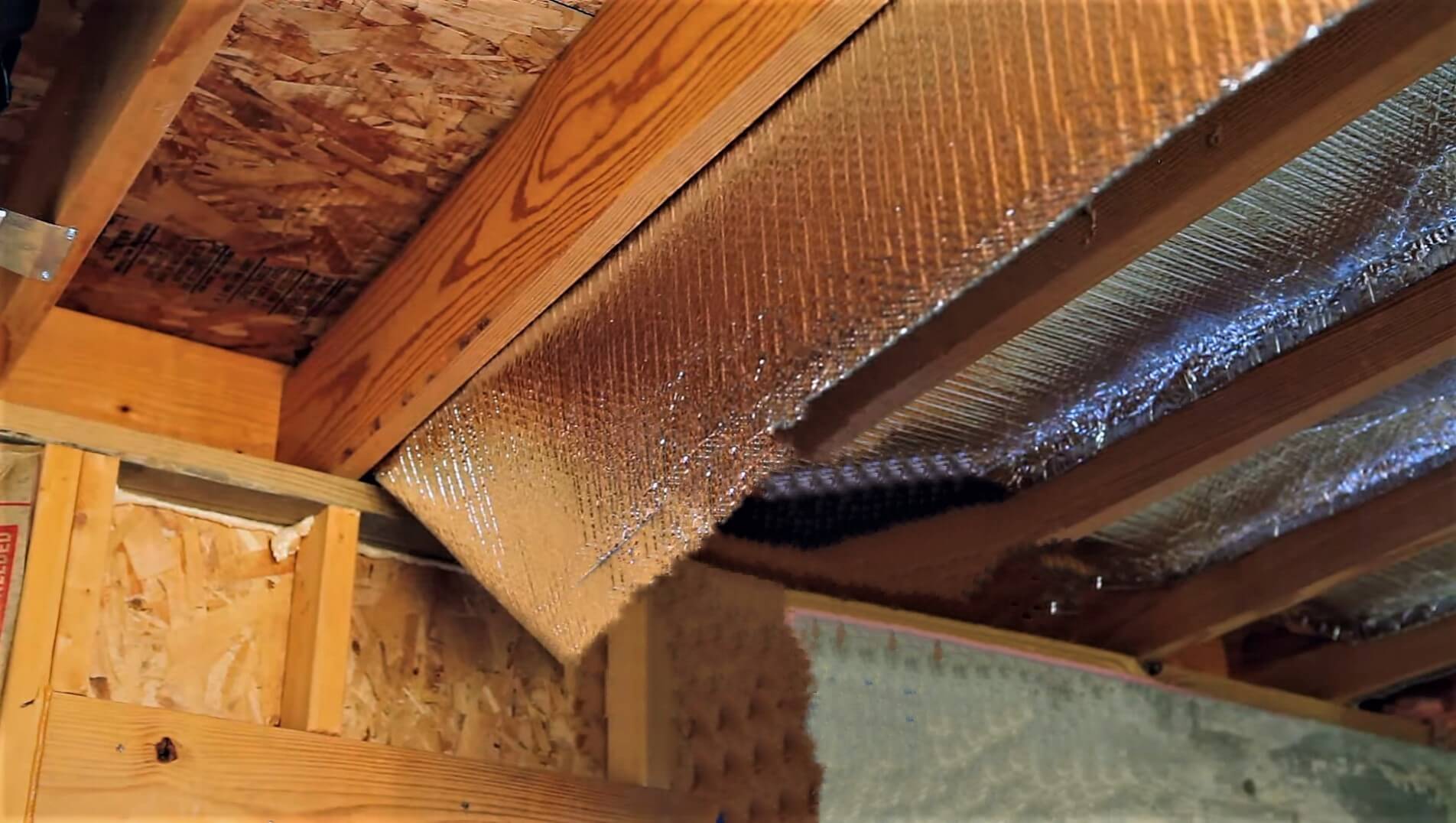
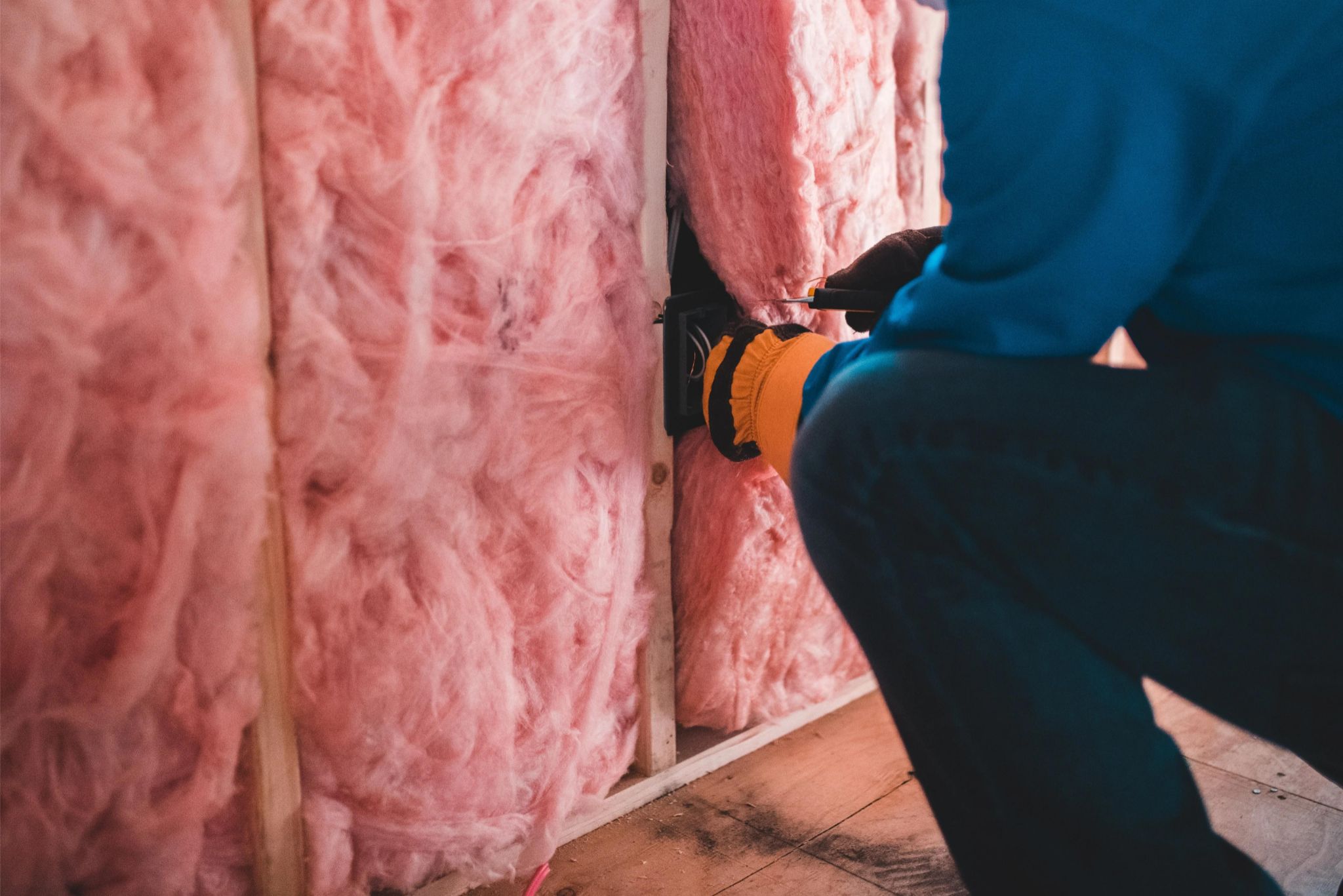



0 thoughts on “What Is Blanket Insulation Used For”